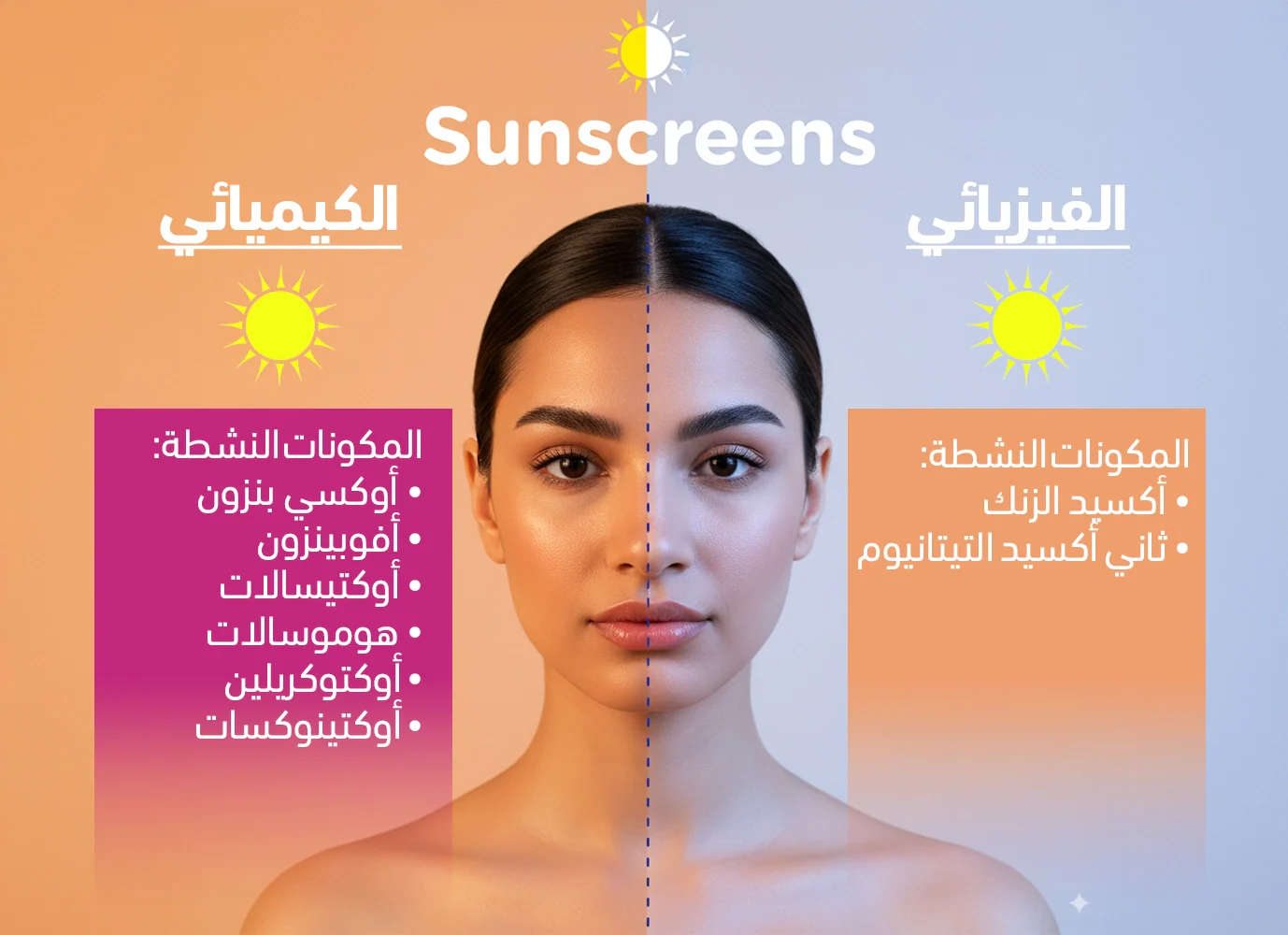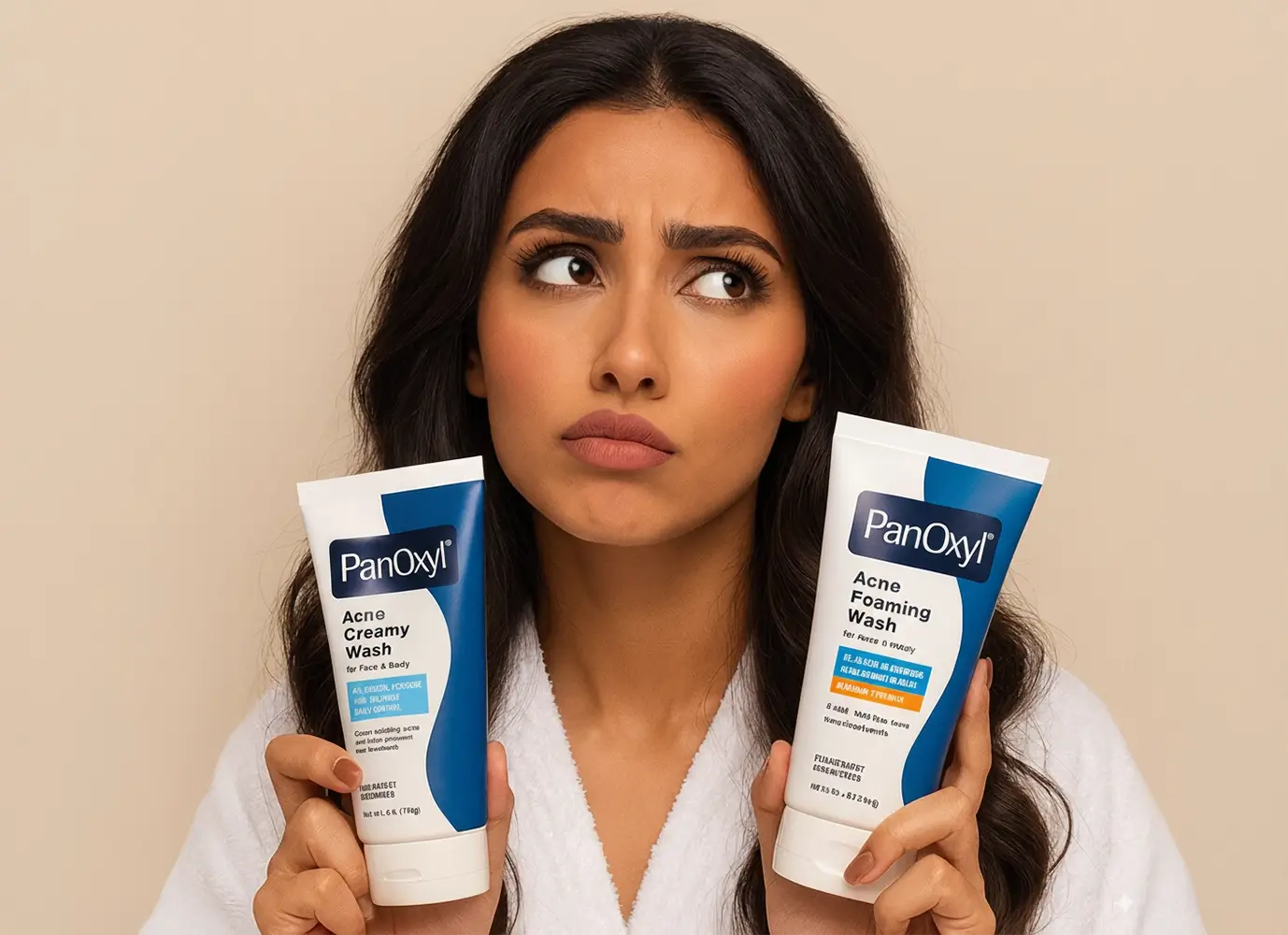
Choosing the Right Sun Protection: Understanding Sunscreen vs. Sunblock
In the journey to find the perfect sun protection, it's crucial to understand the differences between Sunscreen and Sun block. This article aims to demystify the world of skin protection from the sun, exploring the unique properties of both Sunscreen (chemical) and Sun block (physical). We'll delve into how each type protects your skin from the sun's harmful rays, highlighting the advantages and disadvantages of each, and most importantly, how to determine the most suitable type for your skin type and lifestyle. Whether you have sensitive skin, spend long hours outdoors, or simply seek the most effective way to protect yourself from potential sun damage, this guide will provide you with the necessary insights to make an informed decision, ensuring your skin's health and protection.
Let's look at the common names for each type of sun protection and the key differences between them:
Sun block (Physical Sunscreen):
- Common Names: Also known as mineral or natural sunscreen.
- Key Ingredients: Zinc oxide, titanium dioxide.
- How It Works: Reflects and scatters sunlight away from the skin.
- Key Differences:
- May leave a white layer or sheen on the skin.
- Particularly suitable for sensitive or allergy-prone skin.
- Begins working immediately upon application.
- More stable in sunlight and does not require frequent reapplication like chemical sunscreens.
Sunscreen (Chemical Sunscreen):
- Common Names: Also known as organic sunscreen.
- Key Ingredients: Avobenzone, oxybenzone, octocrylene, among other chemical compounds.
- How It Works: Absorbs sunlight and converts it into heat within the skin.
- Key Differences:
- Absorbs more quickly into the skin and is usually transparent, leaving no white residue.
- May cause irritation for more sensitive skin types.
- Takes about 20 minutes after application to start working.
- May require more frequent reapplication, especially after swimming or sweating.
Note: Some sunscreens combine chemical and physical ingredients to provide broad-spectrum protection from the sun's harmful rays. These hybrid formulations aim to combine the benefits of each type, such as effective absorption of harmful rays from the chemical components and gentle, natural protection on the skin from the physical components. These types of sunscreens can be a good option for those looking for a balance between protection and comfort in use, especially in cases of intense sun exposure or for individuals with sensitive skin.
Here's a list of situations where each type of sun protection is preferred:
When to Use Sun block (Physical Sunscreen):
- Sensitive Skin: Preferred as it reduces the risk of irritation and allergies.
- Acne-Prone Skin: Considered less likely to stimulate breakouts.
- Children: Generally safe for the sensitive skin of children.
- Immediate Protection: Begins working right after application.
- Long-Term Protection in Direct Sunlight: Remains effective for a longer period in the sun.
- Individuals with Skin Conditions like Rosacea or Dermatitis: Provides gentle and effective protection.
When to Use Sunscreen (Chemical Sunscreen):
- Water or Sport Activities: Adheres well to the skin even with sweating or swimming.
- Darker Skin Tones: Does not leave a white layer, making it suitable for darker skin.
- Daily Use and Under Makeup: Since it is lightweight and absorbs quickly, it is ideal for daily wear.
- Those Preferring an Unnoticeable Sunscreen: Blends easily and leaves no visible trace.
- Intermittent Sun Exposure: Suitable for people who are exposed to the sun for short periods.
Remember, choosing the type of sun protection should depend on your individual skin needs, as well as your sun exposure conditions.
Understanding Sun Protection Factor (SPF) Levels:
When choosing sunscreen, it's vital to understand the levels of Sun Protection Factor (SPF) and the nuances between them. SPF indicates the level of protection a sunscreen provides against UVB rays, which are the rays that cause sunburn and contribute to long-term skin damage. Here are some basic facts about different SPF levels:
- SPF 15: Provides protection from about 93% of UVB rays.
- SPF 30: Provides protection from about 97% of UVB rays.
- SPF 50: Provides protection from about 98% of UVB rays.
- SPF 70: Provides protection from about 98.5% of UVB rays.
- SPF 100: Provides protection from about 99% of UVB rays.
It's important to note that the increase in protection between these levels is not significant. For example, SPF 30 does not offer double the protection of SPF 15 but only slightly more. Therefore, choosing between these levels should be based on your skin type, the amount of sun exposure you receive, and any skin conditions you may have.
It's also worth mentioning that proper application of sunscreen and regular reapplication are essential for achieving the actual protection indicated by the SPF level. It's recommended to reapply sunscreen every two hours, or after swimming or sweating, to maintain its effectiveness in protecting the skin.
When purchasing sunscreen, it's important to consider several tips to ensure the best protection for your skin. Here are some basic guidelines:
- Choose Broad Spectrum Protection: Ensure that the sunscreen offers broad-spectrum protection, meaning it protects against both UVA and UVB rays.
- Check the SPF Level: Choose a sunscreen with an SPF level suitable for your activity and skin type. SPF 30 or higher is generally recommended for effective protection.
- Understand Your Skin Type: If you have sensitive or acne-prone skin, you might prefer a physical sunscreen. If you're looking for a sunscreen that can be worn daily under makeup, you might prefer chemical types.
- Read the Ingredients: Look for active ingredients like zinc oxide or titanium dioxide for physical sunscreens, and avobenzone or oxybenzone for chemical sunscreens. Avoid ingredients that may cause allergies or irritation.
- Check the Expiry Date: Using an expired sunscreen can reduce its effectiveness.
- Water Resistance: If you plan to swim or engage in sports activities, choose a water-resistant sunscreen.
- Prefer Liquid Forms: Creams and lotions typically provide better coverage than sprays.
- Reapplication: Remember that reapplying sunscreen every two hours, or after swimming or sweating, is necessary to maintain protection.
Following these tips can help you choose the most suitable sunscreen for you, providing full protection for your skin.
In conclusion, we hope this article has provided you with valuable information to help you choose the right sun protection for you. Always remember that protecting your skin from the sun is not just an extra step in your skincare routine, but an investment in your long-term skin health. Whether you choose Sun block (physical) or Sunscreen (chemical), or even a combination of both, the key is to use it regularly and correctly. Don't hesitate to consult a skincare specialist for personalized advice tailored to your skin type and circumstances. Make sun protection an integral part of your daily routine to keep your skin healthy and protected at all times.



Leave a comment
This site is protected by hCaptcha and the hCaptcha Privacy Policy and Terms of Service apply.